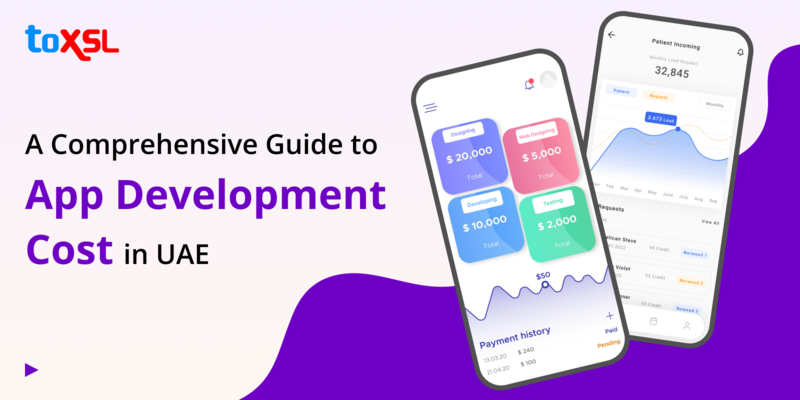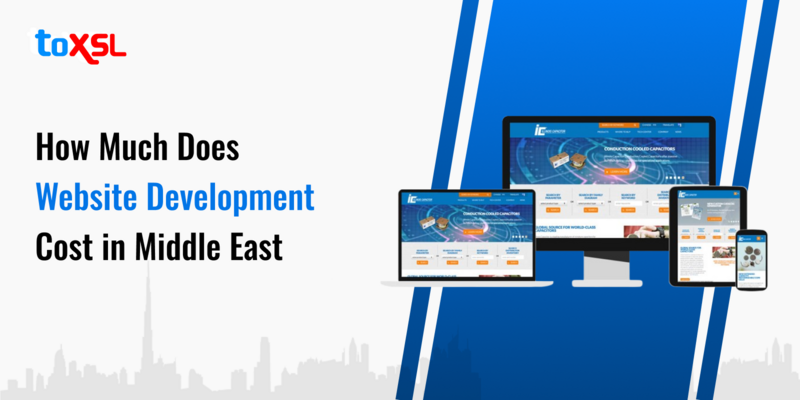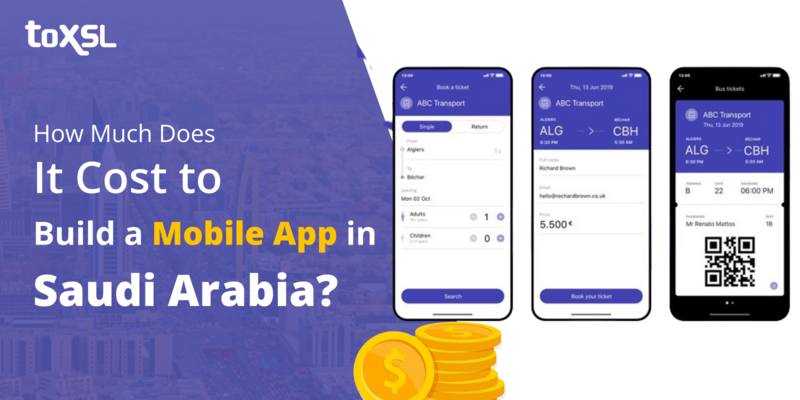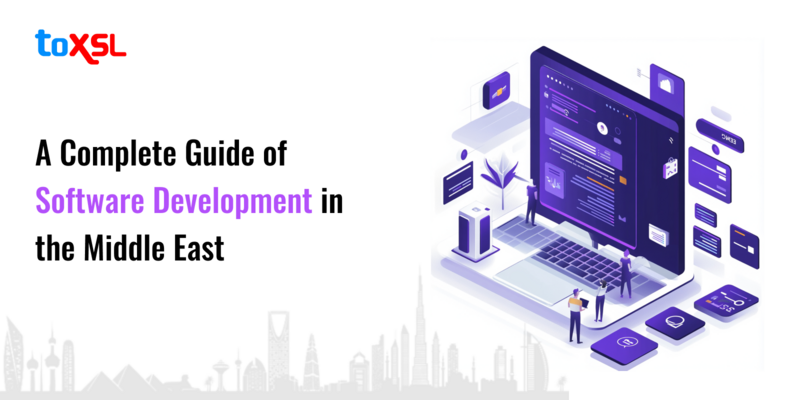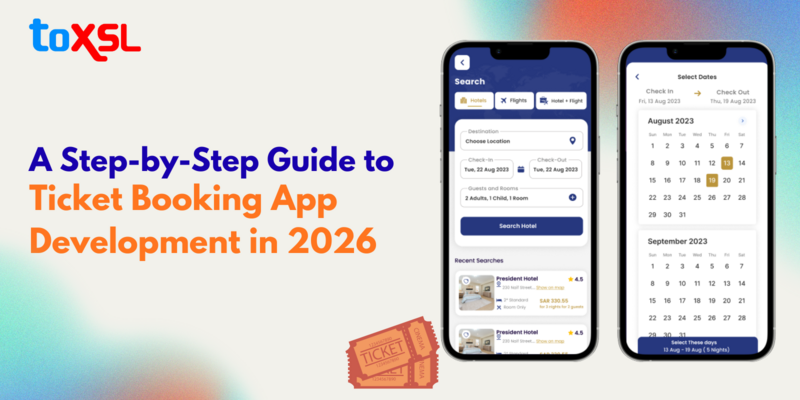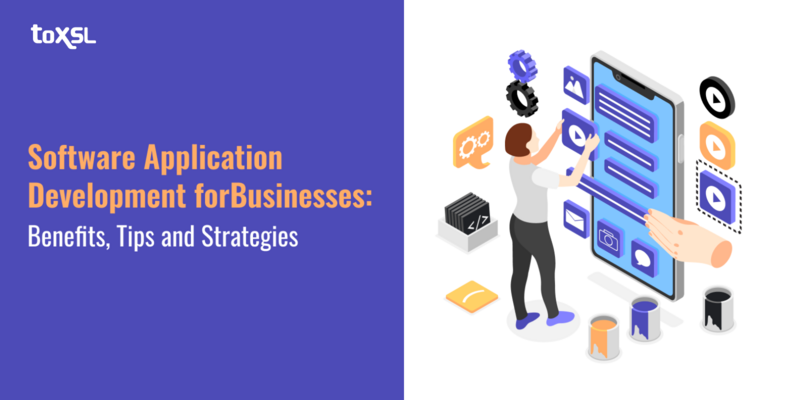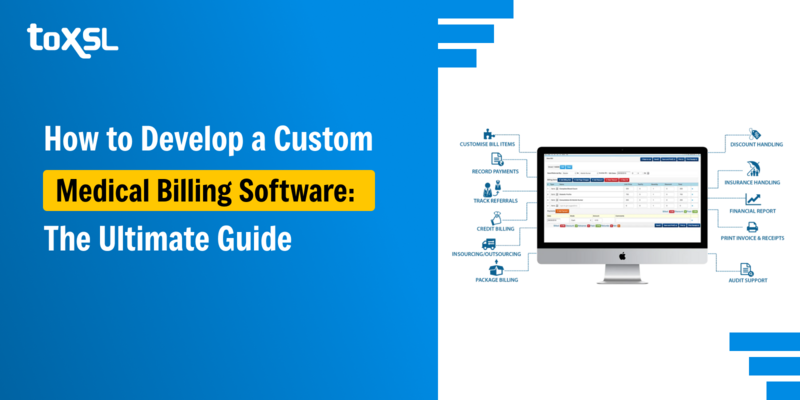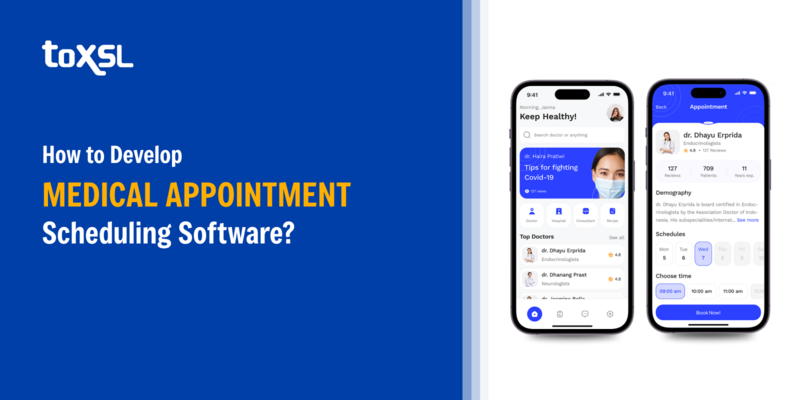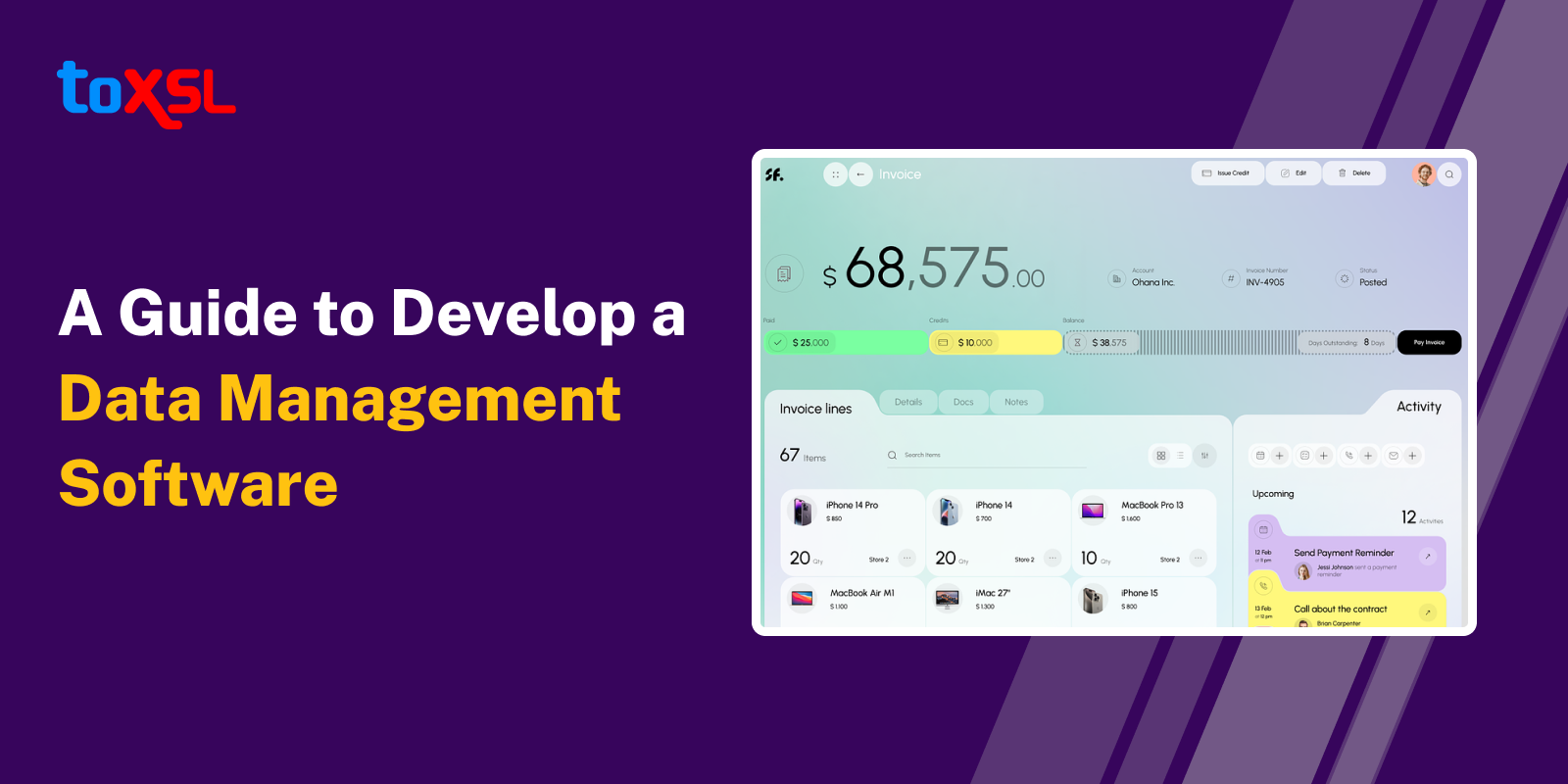
According to statistics, the data management platform market reached $2,455.3 million in 2023, predicted to grow at a CAGR of 14.5% from 2023 to 2033. The DMP market is expected to reach a value of approximately $2.9 billion by 2026, with a compound annual growth rate (CAGR) of 12.2% from 2021 to 2026. Another report anticipates the market will grow from $2.09 billion in 2023 to $6.69 billion by 2033, reflecting a CAGR of 12.3% during this period.
The increasing demand for data collection from diverse sources such as CRM systems, mobile websites and apps, web analytics tools, and social networks is significantly driving the growth of the data management platform (DMP) market. A data management platform (DMP) gathers, structures, and uses first, second, and third-party audience data from a variety of online, offline, and mobile sources.
This data is then leveraged to create comprehensive customer profiles that enhance targeted advertising and personalization efforts.
Steps to Develop a Data Management Platform Software
Nowadays, data is a critical asset for businesses, driving decision-making and strategic initiatives. A Data Management Platform (DMP) serves as a centralized system that allows organizations to collect, store, analyze, and activate data from various sources.
This blog will outline the steps involved in developing DMP software, emphasizing key considerations and best practices.
1. Define Objectives and Scope: Before diving into development, it's crucial to define the objectives of your DMP. What specific problems do you aim to solve? Common goals include improving customer targeting, enhancing personalization, and optimizing marketing campaigns.
Establish the scope of your DMP by identifying the types of data you will manage—first-party (data collected directly from users), second-party (data shared between partners), and third-party data (purchased from external sources). Understanding the scope will guide your design and architecture decisions.
2. Conduct Market Research: Research existing DMP solutions to understand their features, strengths, and weaknesses. This analysis will help you identify gaps in the market that your platform can address.
Engage with potential users—marketers, data analysts, and IT teams—to gather insights on their needs and preferences. This feedback is invaluable for shaping your platform's functionality.
3. Design the Architecture: Design a robust data collection layer that can ingest data from multiple sources.
• Client-Side: Use SDKs and JavaScript trackers to collect data from websites and mobile apps.
• Server-Side: Create endpoints to receive data from client-side libraries.
Implement processes to normalize incoming data, ensuring consistency across different formats. Enrich this data by integrating additional information from third-party sources. And develop algorithms for analyzing the collected data and creating audience segments based on demographics, behaviors, and interests.
4. Develop Core Features: Ensure that your DMP can integrate with various marketing technologies such as Demand-Side Platforms (DSPs) and Supply-SidePlatforms (SSPs). This integration allows for seamless data activation across channels. Also, create an intuitive UI that enables users to easily navigate the platform, access reports, and manage audience segments. Consider implementing dashboards for real-time analytics.
Develop reporting tools that provide insights into audience behavior, campaign performance, and overall data utilization. Visualizations can help users quickly grasp complex information.
5. Implement Data Governance: Incorporate robust data privacy measures to comply with regulations such as GDPR and CCPA. Ensure that user consent is obtained for data collection and processing. Develop a comprehensive Data Management Plan that outlines how data will be collected, stored, processed, and shared. This plan should also address security protocols and backup strategies.
6. Test the Platform: Before launching your DMP, conduct usability testing with real users to identify any issues or areas for improvement in the interface or functionality. Test the platform's performance under various loads to ensure it can handle large volumes of data without compromising speed or reliability.
7. Launch and Monitor: Consider a soft launch with a limited group of users to gather feedback before a full-scale rollout. This approach allows you to make necessary adjustments based on user experiences. After launch, continuously monitor key performance metrics such as user engagement, data processing speed, and system uptime. Use this data to inform future updates or enhancements.
8. Provide Ongoing Support: Establish a support team dedicated to maintaining the platform post-launch. This team should handle updates, troubleshoot issues, and provide user training as needed. With that, encourage ongoing user feedback to drive iterative improvements in your DMP. Regular updates based on user needs will enhance satisfaction and ensure long-term success.
How Does Data Management Platform Software Work?
A Data Management Platform (DMP) is an essential tool for organizations looking to harness data from various sources to enhance their marketing and advertising strategies. By collecting, organizing, and activating data, a DMP enables businesses to create detailed customer profiles and targeted campaigns.
Here’s a comprehensive overview of how DMP software works.
1. Data Collection
The first step in the operation of a DMP is data collection. A DMP gathers raw data from multiple sources, including:
• First-Party Data: This is data collected directly from users through interactions with the company's own websites, apps, or CRM systems.
• Second-Party Data: This refers to first-party data that is shared between partners, allowing organizations to benefit from each other’s customer insights.
• Third-Party Data: This data is purchased from external providers and includes demographic information, behavioral insights, and more.
2. Data Normalization and Enrichment
Once the data is collected, it needs to be processed for usability. This involves two key steps:
• Normalization: The DMP standardizes the incoming data into a uniform format. This ensures that disparate data types can be analyzed together effectively.
• Enrichment: The platform may enhance the raw data by adding additional context or information from third-party sources. For example, demographic details or behavioral insights can be appended to existing customer records.
3. Data Storage
After normalization and enrichment, the processed data is stored in a centralized repository within the DMP. This storage system allows for easy access and retrieval of data for analysis and reporting purposes. The architecture typically supports both structured and unstructured data formats, ensuring flexibility in handling various types of information.
4. Data Analysis and Segmentation
One of the primary functions of a DMP is to analyze the stored data to create actionable insights. This involves:
• Audience Segmentation: The DMP analyzes user behavior, demographics, and interests to create audience segments. These segments can be used for targeted marketing campaigns.
• Insights Generation: By utilizing algorithms and business intelligence metrics, the DMP provides insights into customer behavior patterns, helping marketers understand their audience better.
5. Activation
The final step in the DMP process is activation, where the insights derived from the analysis are put into action. This can involve:
• Targeted Advertising: The DMP can serve personalized ads based on the audience segments created earlier. For instance, if a user has shown interest in a specific product category, they may receive targeted ads related to that category across various platforms.
• Campaign Optimization: Marketers can use insights from the DMP to refine their advertising strategies continuously. By analyzing campaign performance metrics available through the DMP, organizations can adjust their tactics in real-time for better results.
6. Continuous Feedback Loop
A well-functioning DMP creates a feedback loop where data flows back into the system after campaigns are executed.
• Performance Metrics: The outcomes of marketing campaigns (such as click-through rates or conversion rates) are fed back into the DMP.
• Data Refinement: This ongoing process helps refine audience segments and improve future targeting efforts based on what has been learnt from previous campaigns.
How Does Data Management Platform Software Help Marketing?
Data Management Platforms (DMPs) play a crucial role in modern marketing by enabling organizations to effectively collect, analyze, and utilize data from various sources. Here’s how DMP software helps marketers enhance their strategies and achieve better results.
1. Centralized Data Management: DMPs consolidate data from multiple sources, including first-party (user-generated), second-party (partner-shared), and third-party (purchased) data. This centralized approach allows marketers to have a comprehensive view of their audience, making it easier to analyze customer behavior and trends across different channels.
With a DMP, marketing teams can spend less time managing disparate data sources and more time focusing on strategy and execution. The platform streamlines data access, enabling quick decision-making based on real-time insights.
2. Enhanced Audience Targeting: DMPs enable marketers to create detailed audience segments based on various criteria such as demographics, interests, and behaviors. This targeted approach helps identify which customers are most likely to respond to specific marketing campaigns, allowing for more efficient resource allocation.
With that, DMPs provide cross-device tracking capabilities, allowing marketers to follow user interactions across different devices (e.g., smartphones, tablets, desktops). This ensures that advertising efforts reach the same user regardless of the device they use, enhancing the effectiveness of campaigns.
3. Data-Driven Insights: DMPs offer robust analytics tools that help marketers understand customer journeys in detail. They can track how users interact with various touchpoints, such as which pages they visit, how long they stay, and what actions they take, providing invaluable insights into customer preferences and behaviors.
By analyzing the data collected, DMPs can identify patterns within the audience that may not have been previously recognized. This allows marketers to refine their strategies and develop more personalized marketing campaigns tailored to specific segments.
4. Personalized Marketing Campaigns: DMPs facilitate personalized content delivery by using customer profiles to recommend products or services based on past behavior. This personalization can significantly improve engagement rates and conversion rates by showing users relevant content at the right time.
Also, marketers can leverage DMP insights to create dynamic content recommendations that adapt based on user interactions. For example, if a user frequently browses a specific category of products, the DMP can trigger relevant promotions or suggestions when that user visits the website again.
5. Increased ROI: By providing detailed insights into audience behavior and preferences, DMPs help marketers optimize their advertising spend. They can allocate budgets more effectively by targeting high-value segments that are more likely to convert, thereby increasing return on investment (ROI).
DMPs enable marketers to create lookalike audiences based on existing customer profiles. By identifying similar characteristics in potential customers, businesses can expand their reach while.
6. Integration with Other Marketing Tools: DMPs often integrate with Demand-Side Platforms (DSPs) and Supply-Side Platforms (SSPs), allowing for streamlined ad buying and selling processes. This integration enhances targeting accuracy and ensures that ads are shown to the right audience at the right time. By connecting with Customer Relationship Management (CRM) systems and other marketing technologies, DMPs create a holistic ecosystem where all marketing efforts are aligned. This interconnectedness allows for better tracking of campaign performance across channels.
Conclusion:
Data Management Platforms are invaluable tools for modern marketers seeking to harness the power of data in their campaigns. By centralizing data management, enhancing audience targeting capabilities, providing actionable insights, enabling personalized marketing efforts, increasing ROI, and facilitating integration with other tools, DMPs empower organizations to make informed decisions that drive successful marketing outcomes.
As businesses continue to navigate an increasingly complex digital landscape, leveraging a DMP will be essential for achieving competitive advantage and fostering customer engagement.
Are you looking to hire the best mobile app development company who can help you develop data management platform software for your business? ToXSL Technologies is here to help. Contact us to learn more.

